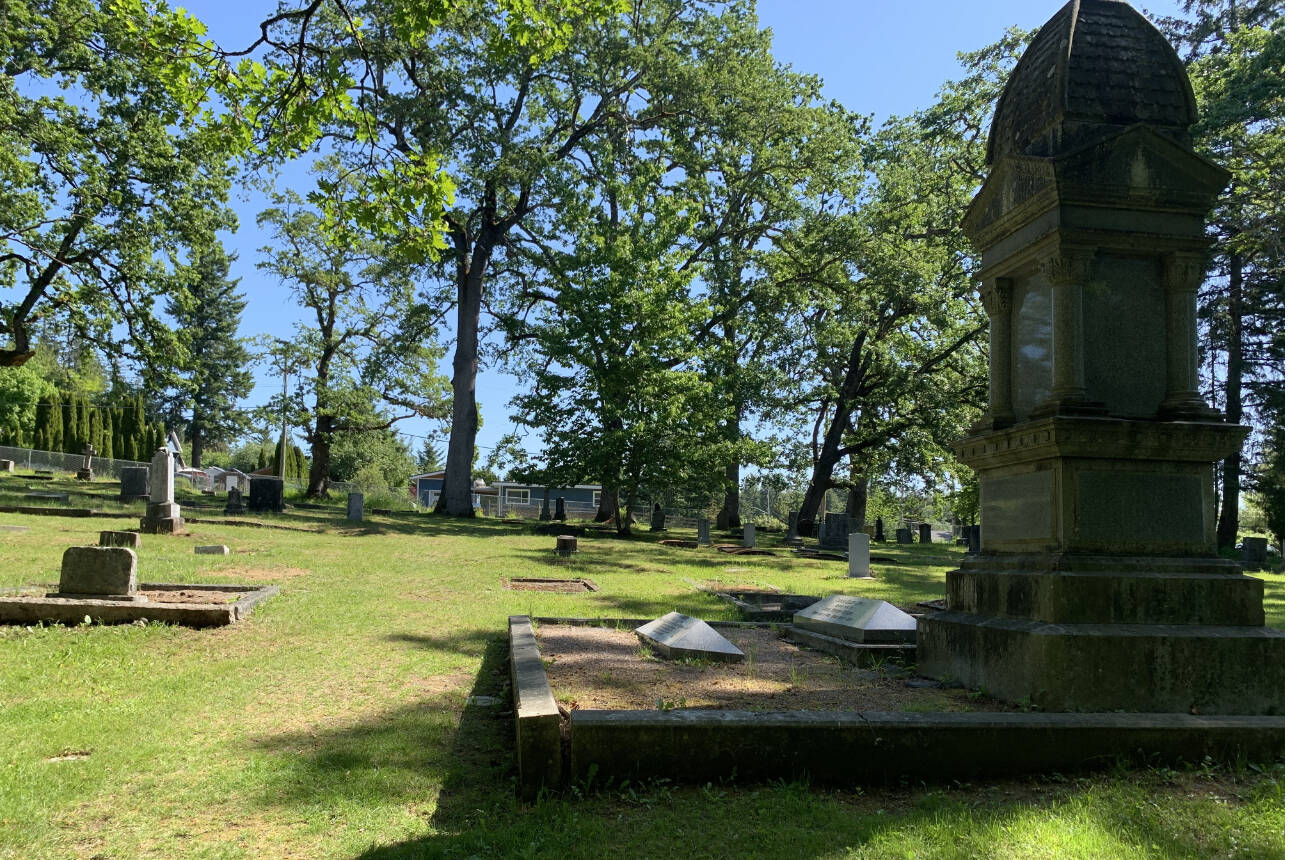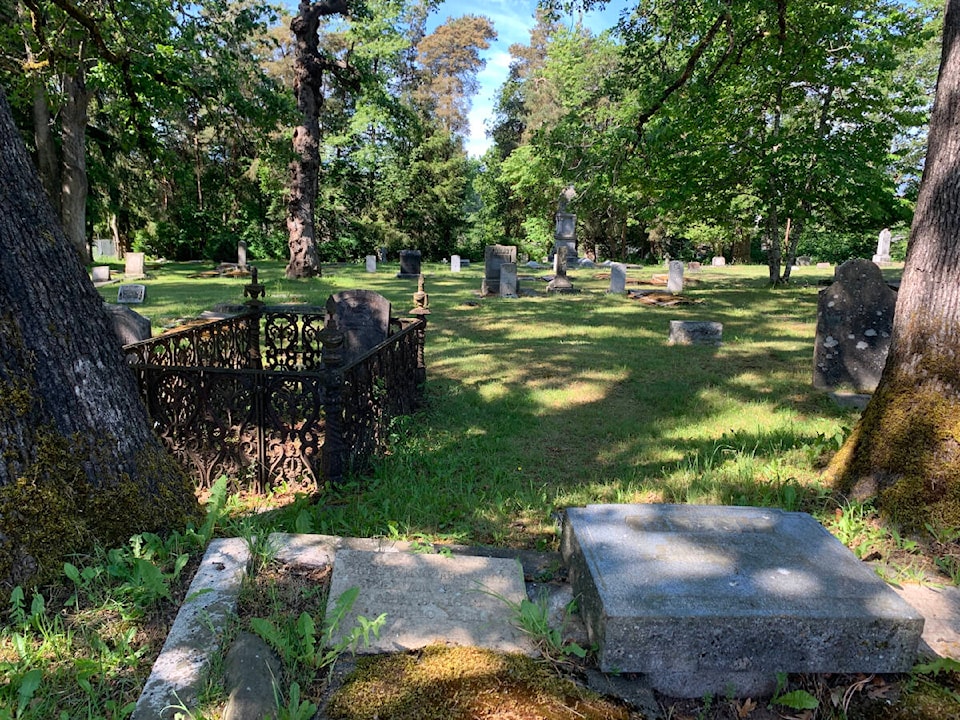The history of the Comox Valley is a continuum.
We are but partway on that journey. The Valley is situated within the unceded territory of the K’omoks First Nation with whom we seek reconciliation and a new path forward. Only now are we beginning to appreciate that 150 years is a brief interlude in the presence of the First Nations. The K’ómoks peoples are the “caretakers of the ‘land of plenty’ since time immemorial.” In the mid-1800s, theirs was already a sophisticated culture which both nurtured and cultivated the lands and waters. It was that culture, skill and grace the earlier settlers relied upon for their very survival.
Speaking at an event at the University of Victoria on land, law, religion and reconciliation, Bishop Anna Greenwood-Lee, current Bishop of the Anglican Diocese of British Columbia underscored that, “We can no longer pretend that the history of this place is of virtuous and heroic settlers who had ‘tamed a wilderness.’ We must instead recognize and repent for the tremendous violence and desecration that are a part of both our past and our present.”
The parish of St. Andrew’s Mission Comox was founded in 1864 with the construction of a log cabin/church along the Tsolum River south of the Exhibition Grounds. An 1865 census recorded 70 settlers; 34 of whom were English: 27 Anglicans, 23 Presbyterians and 11 Roman Catholics, plus their eight cows, three horses, 78 dozen chickens and 354 pigs. The St. Andrew’s mission held open its doors to all area residents.
Rev. Jules Xavier Willemar is remembered as the real founder of the little white church at the bottom of Mission Hill, primarily because he spent 42 years as its missionary. There he taught and held services in Chinook for the First Nations and in English for the settlers, both new languages to the young Frenchman. His mission and this church are often referred to as the “Mother Church” of north Vancouver Island.
Did you know there used to be two St. Andrew’s churches on Mission Hill?
The Presbyterians of the mission took offence at discussing the little cabin’s inadequate size and deteriorated condition on a Sunday after service, and left. Rev. Willemar and the remaining parishioners built the existing St. Andrew’s Anglican Church at the bottom of the hill, while the Presbyterians built what is now known as the Living Word Church at the top.
150th anniversary
Join us as we commemorate the 150th anniversary of the Anglican St. Andrew’s Church, Sandwick on Saturday, June 17 (10 a.m.-3 p.m.) to hear more stories about the early years from both settler and first nations perspectives. Bishop Anna will offer a Celtic-based eucharist at 11 a.m. Rev. Willemar’s stole and the banner carried in the procession are on display at the Courtenay Museum from May to September this year. Along with these artifacts is a miniature of the little white church, including a replica of its bell salvaged from the Lady Blackwood, an Australian ship, wrecked near Port Alberni, and hauled back to the site.
Notable Valley surnames
Rev. Willemar is buried in the adjacent St. Andrew’s Cemetery along with many local leaders whose landmarks you may recognize:
• Samuel Cliffe and Florence Harmston, who met en route from England, sailing around Cape Horn and married 10 years later in Comox. Their eldest son Lucius was the first white boy born in the Valley (1873). One of 15 children, whose extended families include McPhee, Urquhart and Beech.
• William Dingwall, from Dingwall Scotland was MLA for Comox (1882-1886) but lost his second term when he voted against the E&N Railway’s bid for extensive mineral and land rights along the proposed railway.
• Oliver and William Duncan, who named the settlement Sandwick after their home in Sandwick, Shetland Islands. Son Eric Duncan was known as the “philosopher of Vancouver Island.”
• Rev. Bill Lunny was responsible for rebuilding St. John’s church in Courtenay including the 12 stained glass windows, the mosaic on the outside as well as the Celtic cross installed in an enlarged altar and pulpit.
And lest we forget, there are six graves recognized by the Commonwealth War Graves Commission, plus three Last Post graves and the resting places of many military and RCMP whose lives were dedicated to our safety; not least of which is Col. Roger Schjelderup, one of Canada’s most decorated officers. Cemetery tours, full of settler stories will also be offered on June 17 (10 a.m. and 3 p.m.).
Help keep St. Andrew’s history, and the early urbanization of the Comox Valley, alive. Donations are being sought to preserve the site; not just the history but also the endangered Garry oaks and meadow which surrounds it (givings@sjtdcourtenay.ca). The goal is to bring life into the cemetery with a walkway and benches so birders, walkers, painters, naturists, genealogists, anyone can pause and reflect.
Summer services in the beautifully preserved interior of the Church will be held on Sundays throughout June, July and August.
Services are open to everyone and will explore Celtic Christianity and Indigenous ministries as well as traditional communion. Rev. Alastair Hunting, Rector of St. John the Divine Courtenay and St. Andrews, Sandwick said, “Our church played an active part in shaping the fabric of the Comox Valley. Looking ahead to the next 150 years, our aim and vision is to be a place of radical welcome, service and prayer; rooted deeply in our Anglican expression of faith in Christ.”
Taken primarily from: Saint Andrew’s 1864-2005 by WJ Lunny and M Faulks and St. Andrew’s Church & Cemetery Tea (July 22, 2017) by St John the Divine Courtenay. Compiled by: Parish Council Secretary

